What Exactly is a Self-Sufficient Homestead?
A self-sufficient homestead refers to a lifestyle where individuals strive to produce and provide for their basic needs within the confines of their own property. It is a way of living that promotes sustainability and reduces reliance on external sources for food, energy, and resources.
Creating a self-sufficient homestead requires careful planning and the implementation of various practices such as vegetable gardening, raising animals for food and resources, and harnessing renewable energy sources.
This self-sufficiency allows individuals to have greater control over their food production, reduce their carbon footprint, and live a more sustainable and self-reliant lifestyle.
Whether it involves a small backyard or acres of land, a self-sufficient homestead can provide a sense of empowerment and satisfaction as individuals work towards providing for themselves and future generations.
Benefits of Self-Sufficient Living
Self-sufficient living offers numerous benefits that promote a sustainable lifestyle and enhance overall well-being. By embracing this approach, individuals can reduce their reliance on external resources and take greater control over their food sources.
The Key Advantages
One of the key advantages of self-sufficiency is the potential for significant cost savings. By producing their own food, homeowners can drastically reduce grocery bills and avoid the ever-increasing prices of fresh produce. Moreover, self-sufficiency allows for access to a continuous supply of fresh and organic fruits, vegetables, and herbs, leading to improved health and well-being.
Knowing exactly where your food comes from is another significant benefit. With self-sufficient living, food production becomes a personal endeavor, creating a deeper connection to the land and the natural environment. Additionally, individuals can have greater peace of mind by eliminating concerns about harmful pesticides, genetically modified organisms, and other questionable farming practices.
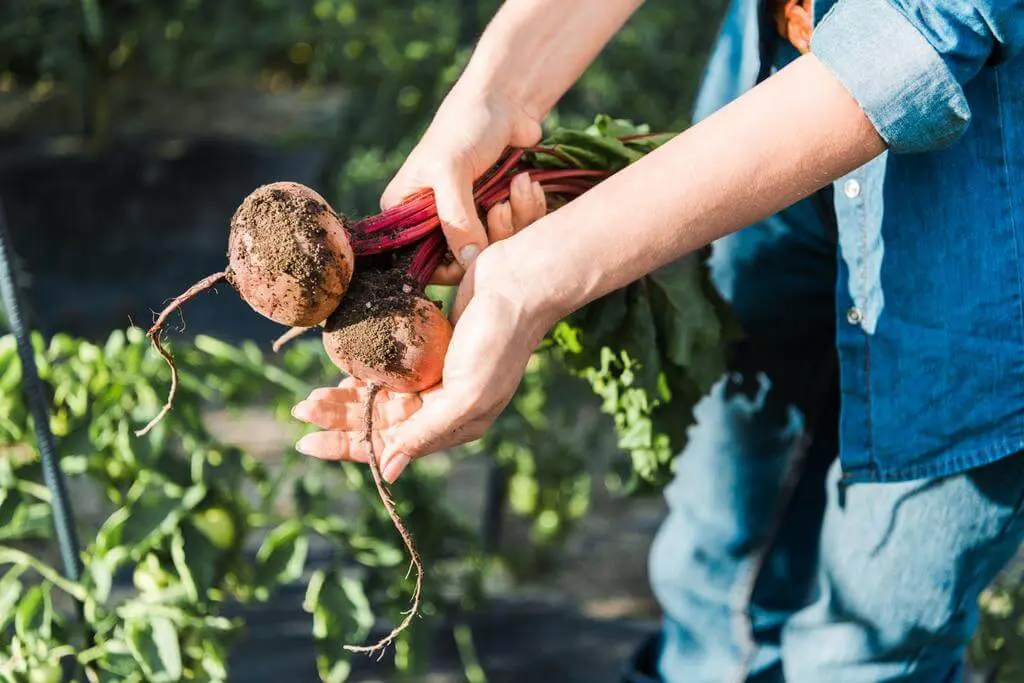
By practicing sustainable living and focusing on self-sufficiency, individuals also contribute to the preservation of the environment and reduce their carbon footprint. Producing your own food reduces the need for transportation, packaging, and other energy-intensive processes associated with food production and distribution.
Overall, embracing a self-sufficient lifestyle provides a range of benefits including cost savings, access to fresh produce, and knowledge about one’s food sources. It offers a sense of satisfaction and fulfillment, while also promoting sustainability for future generations.
*Want to know more about how to live off the grid and turn your home into a self-sufficient homestead? To find out more about living a self-sufficient life with practical real-life examples, click the link below:
https://bf7b0kdgk5kzxrrkf-n69z1a3f.hop.clickbank.net
As a ClickBank Affiliate, I receive a small commission at no cost to you, if you proceed to make a purchase.
Vegetable Garden
A vegetable garden is an essential component of a self-sufficient homestead. By cultivating your own vegetables, you can ensure a steady supply of fresh and nutritious produce.
Growing your own vegetables also allows you to control the use of pesticides and fertilizers, ensuring that your food is free from harmful chemicals.
Additionally, a vegetable garden is a cost-effective way to reduce grocery expenses and promote a healthy lifestyle.
The satisfaction of harvesting your own homegrown vegetables cannot be overstated, and it provides an opportunity to connect with nature and the rhythms of the seasons.
Whether you have a small backyard or a larger plot of land, a vegetable garden is a practical and rewarding way to become more self-sufficient and reduce your environmental impact.
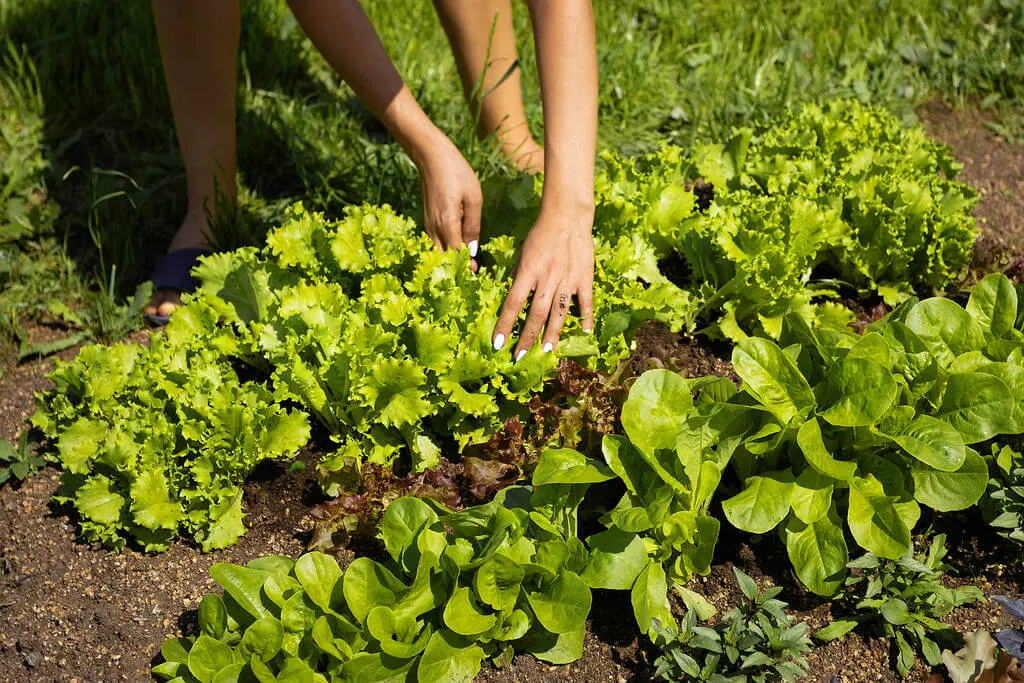
Planning the Garden Bed
When creating a self-sufficient homestead, one of the first steps is planning the garden bed. This involves assessing the soil type and pH level, determining the available space and sunlight, and considering the climate and USDA plant hardiness zone.
Assessing the Soil Type & PH Level
Assessing the soil type and pH level is crucial for successful garden bed planning. Different plants thrive in different soil conditions, so it’s important to know the composition of the soil in your garden. Conduct a soil test to determine the pH level and make any necessary amendments to balance it.
Space and Sunlight
Next, consider the available space and sunlight in your garden. Take note of areas that receive full sun, partial shade, or full shade throughout the day. This will help you choose the appropriate plants that will thrive in your specific conditions.
Taking into account the climate and USDA plant hardiness zone is essential for selecting plants that will survive and thrive in your area. Research which plants are suitable for your region and choose varieties that have a higher chance of success.
Promoting a Healthy Harvest
The incorporation of compost and natural pest control methods in your garden bed can provide numerous benefits for promoting a healthy harvest. Compost, for example, can improve the fertility and structure of the soil by adding vital nutrients. Natural pest control methods, such as companion planting and attracting beneficial insects, help manage garden pests without resorting to harmful chemicals.
By carefully planning the garden bed, considering soil type and pH, available space and sunlight, climate, and incorporating compost and natural pest control methods, you can create a sustainable and productive garden.
Planting Your Vegetables
Planting your own vegetables is an essential step in creating a sustainable and self-sufficient lifestyle. To achieve a successful and productive garden, it is important to develop a garden plan that considers your family’s dietary needs and the available land.
Limited Space
For those with limited space or poor soil conditions, raised beds or container gardening can be viable options. Raised beds provide control over soil quality and drainage, while container gardening is well-suited for apartment dwellers or individuals with small yards.
Climate & Garden Conditions
When choosing which vegetables to plant, there are a few factors to consider. First, take into account your climate and the specific conditions of your garden. Some crops thrive in cooler climates, while others prefer hot and humid environments. Additionally, consider the soil conditions and make any necessary amendments to improve fertility.
If you have limited space or are looking for alternative growing methods, explore options like aquaponics or hydroponics. These methods allow you to grow vegetables indoors or in small spaces without traditional soil.
Planting Your Very Own Vegetables
By planting your own vegetables, you not only have a sustainable source of fresh and healthy food, but you also reduce your carbon footprint and save money. Plus, the satisfaction of growing your own food is truly rewarding.
So, start planning your garden and get ready to enjoy the delicious taste of homegrown vegetables.
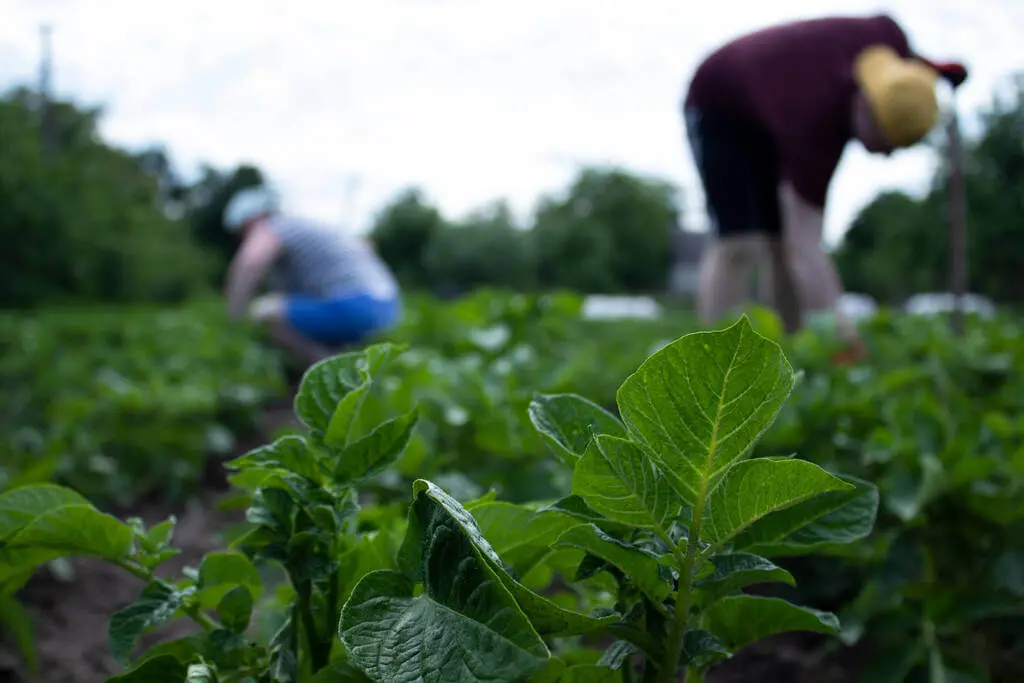
Caring for and Maintaining Your Garden Bed
Caring for and maintaining your garden bed is essential for the success of your plants and the productivity of your vegetable garden. Proper care and attention ensure healthy plant growth, high yields, and overall garden health.
Watering Your Garden Bed
One important aspect of garden bed care is watering. Plants need sufficient water to thrive, especially during hot and dry weather. Monitor soil moisture levels and water deeply when needed. Aim to keep the soil evenly moist, but not waterlogged, as excessive moisture can lead to root rot.
Fertilizing
Fertilizing is another crucial step in garden bed care. Regularly nourishing your plants with organic fertilizers or compost is essential for providing them with the necessary nutrients for growth. Make sure to follow the instructions on the fertilizer packaging and avoid over-fertilizing, as it can harm the plants.
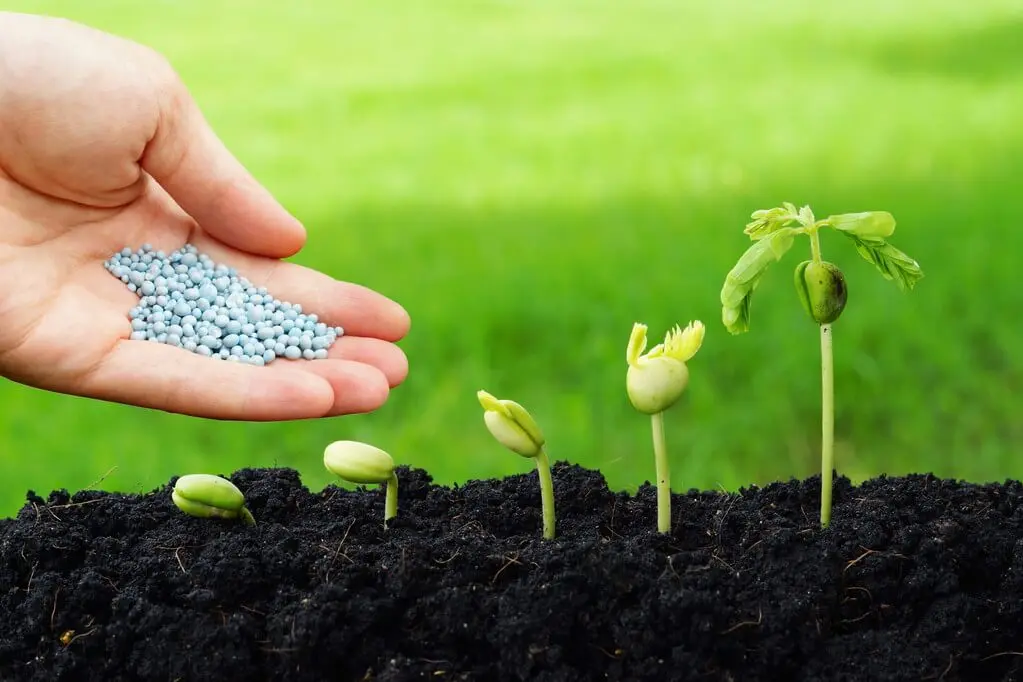
Pest Control
Pest control is vital to protect your plants from harmful insects and diseases. Regularly inspect your garden bed for any signs of pests or diseases, and take immediate action to address the issue. Utilizing organic pest control methods such as neem oil or companion planting can help keep pests at bay.
Proper Harvesting
Proper harvesting is also important to maintain the health and productivity of your garden bed. Harvest vegetables when they are at their peak of ripeness to ensure the best flavor and quality. Regularly picking ripe produce prevents over-ripening and encourages continuous plant growth.
Regular Maintenance
In addition to these specific care tasks, regular maintenance is crucial for the long-term health of your garden bed. Tasks such as weeding, pruning, and mulching should be done throughout the growing season to keep weeds at bay, promote airflow, and conserve moisture.
Lastly, practicing crop rotation can help prevent the build-up of pests and diseases in the soil, as well as maintain soil fertility.
Utilizing Native Plants in Your Garden Bed
Utilizing native plants in your garden bed is not only a sustainable choice but also offers numerous benefits. Native plants have adapted to the local environment over generations, making them well-suited to thrive in your garden bed. They require less maintenance, as they are already acclimated to the local climate, rainfall patterns, and soil conditions.
Variety of Native Plants
Including a variety of native plants in your garden bed is an excellent way to attract local wildlife and promote biodiversity. Native plants provide food, shelter, and nesting sites for birds, butterflies, bees, and other beneficial insects. This helps create a balanced ecosystem in your garden, supporting the health of these important creatures.
Selecting Native Plants
When selecting native plants for your garden bed, consider options like milkweed, goldenrod, coneflower, black-eyed Susan, and butterfly weed. These plants not only add beauty to your landscape with their vibrant colors and lovely blooms but also play a crucial role in supporting pollinators and other wildlife. By incorporating a diverse range of native plants, you can create a thriving ecosystem that benefits both the environment and your garden.
Utilizing Native Plants
By utilizing native plants in your garden bed, you are not only contributing to the conservation of local plant species but also creating a low-maintenance and sustainable landscape that will flourish for years to come. So, be sure to explore the wide variety of native plants available and incorporate them into your garden bed for a beautiful and environmentally friendly space.
Chicken Coop & Animal Feeding
A chicken coop is a vital component of a self-sufficient homestead, providing a sustainable source of fresh eggs and potentially meat. When building your chicken coop, consider both the comfort and safety of your feathered friends.
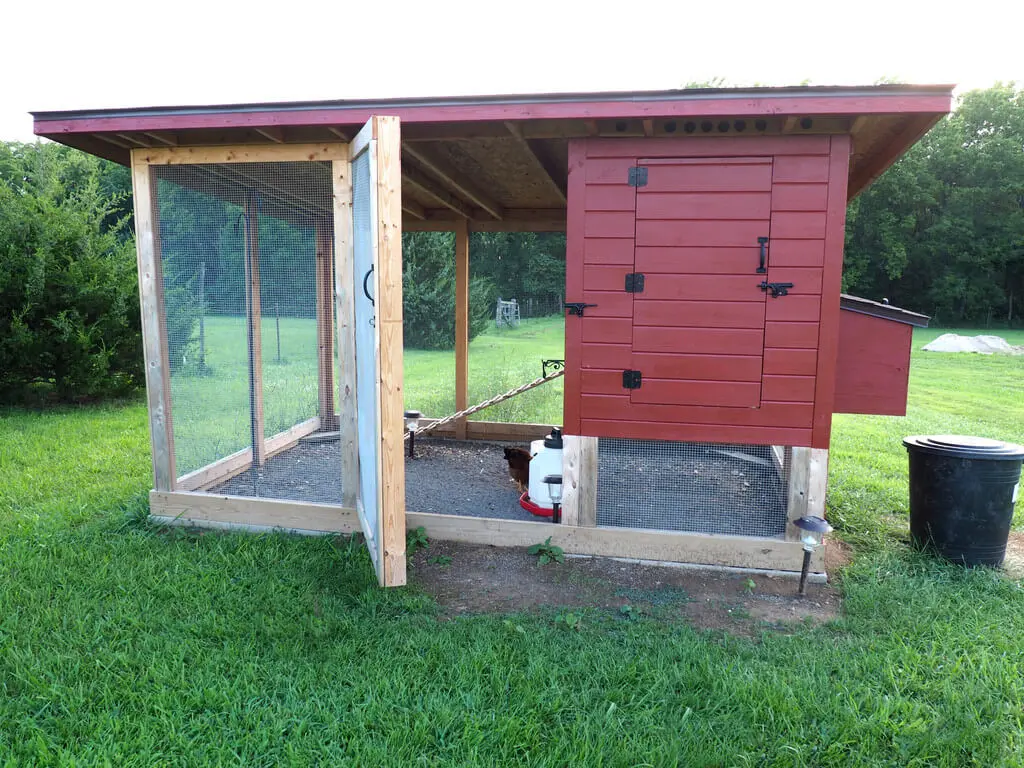
Building a Chicken Coop
Building a chicken coop is an essential step in creating a self-sufficient homestead. To ensure the health and safety of your chickens, proper planning and construction are crucial. Here’s a guide to help you build your own chicken coop.
Gather Essential Materials
First, gather the necessary materials, which include wood, wire mesh, nails, screws, and hinges. The dimensions of your coop will depend on the number of chickens you want to keep. A general rule of thumb is to have at least 4 square feet of space per chicken in the coop.
Construct a Sturdy Frame
Start by constructing a sturdy frame using the wood, making sure to reinforce the corners for stability. Attach the wire mesh to the frame to create the walls and windows, ensuring proper ventilation while keeping predators out. It’s important to predator-proof your coop by reinforcing vulnerable areas with additional wire mesh.
Install a Roof
Next, install a roof to protect your chickens from the elements. Add nesting boxes for your hens to lay eggs and roosting bars for resting and sleeping. Make sure to provide access doors for easy cleaning and collection of eggs.
The Outdoor Run
For the outdoor run, it’s recommended to have at least 10 square feet per chicken. Fence the area securely to prevent your chickens from wandering off and to keep potential predators out.
Careful Planning
Building a chicken coop requires careful planning and construction. By following these steps and prioritizing proper ventilation and predator-proofing, you’ll create a safe and comfortable home for your feathered friends. Remember to regularly maintain and clean the coop to promote the health of your chickens.
Feeding and Maintaining Chickens and Other Animals
Feeding and maintaining chickens and other animals on your homestead is essential for their health and well-being. To ensure their proper nutrition, it’s important to provide them with a balanced diet and access to fresh water.
Balanced Diet
A balanced diet for chickens typically includes a combination of commercial feed, kitchen scraps, and foraging opportunities. Commercial feed is designed to provide chickens with the necessary nutrients they need to stay healthy and lay eggs. It is important to choose a feed that is appropriate for the age and type of chickens you have.
Kitchen Scraps
In addition to commercial feed, kitchen scraps can be a great source of additional nutrition for chickens. Just make sure to avoid feeding them anything that is toxic or harmful to their health. Foraging is another important aspect of a chicken’s diet. Allowing them access to a safe outdoor area where they can search for bugs, worms, and other natural food sources is beneficial.
Keeping the Animals Healthy
Keeping animals healthy on your homestead also involves regular check-ups, vaccinations, and proper housing. Regular check-ups with a veterinarian can help detect and prevent health issues in your animals. Vaccinations are crucial to protect them from common diseases and infections. Providing appropriate housing, such as a clean and secure coop for chickens, is essential for their well-being and protection from predators.
By following these guidelines and providing your animals with the necessary nutrition and care, you can ensure that they thrive on your homestead for years to come.
Utilizing Food Scraps as Animal Feed
Utilizing food scraps as animal feed is not only a sustainable way to minimize waste but also a nutritious option for your animals. Instead of throwing away leftover food or vegetable scraps, you can repurpose them and provide a valuable food source for your animals on the homestead.
Food scraps such as vegetable peels, leftover grains, and fruit trimmings can be utilized as animal feed. Chickens, for example, can benefit from a variety of food scraps including lettuce leaves, carrot tops, and even small amounts of cooked rice or pasta. Goats, on the other hand, can safely consume vegetable trimmings and leftover grains like oats or barley. Pigs can also enjoy food scraps like apple cores, potato peels, or bread crusts.
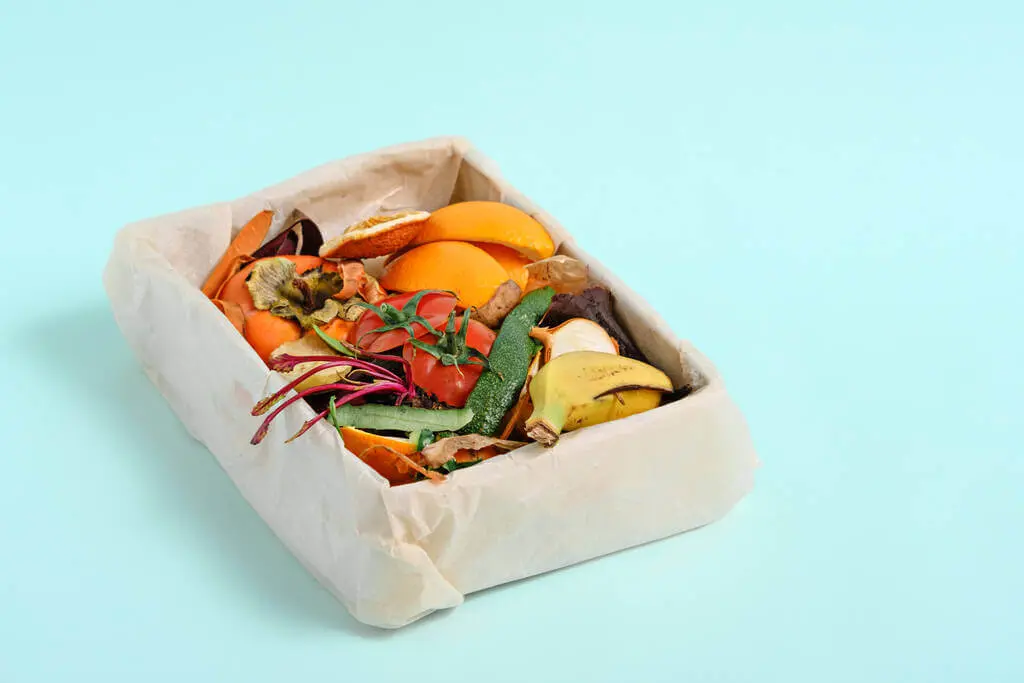
By utilizing food scraps as animal feed, you not only reduce your household waste but also provide your animals with additional nutrients. However, it’s essential to be cautious and avoid feeding animals anything that could be harmful to their health. Citrus peels and onions, for example, should be avoided as they can be toxic to some animals.
Incorporating food scraps as animal feed on your homestead is a simple yet effective way to create a more sustainable lifestyle and ensure that your animals receive a balanced diet.
Dairy Cows and Milk Production
In the quest for a self-sufficient homestead, dairy cows play a crucial role in providing a fresh milk supply for your family. Not only does this offer a sustainable source of dairy products, but it also has numerous benefits beyond just milk production.
The Advantages
One of the great advantages of having a dairy cow is the potential increase in the value of other livestock on your homestead. A dairy cow can produce excess milk, which can be used to raise orphaned animals or supplement the diet of other animals, such as pigs or chickens. This can save you money on animal feed and create a more efficient and self-sustaining farm.
Furthermore, dairy cows contribute significantly to improving soil fertility. Their manure is a rich source of organic matter and nutrients, which can be used for composting and as fertilizer for your vegetable garden or orchard. This helps to nurture and enhance the soil health, resulting in healthier and more productive crops.
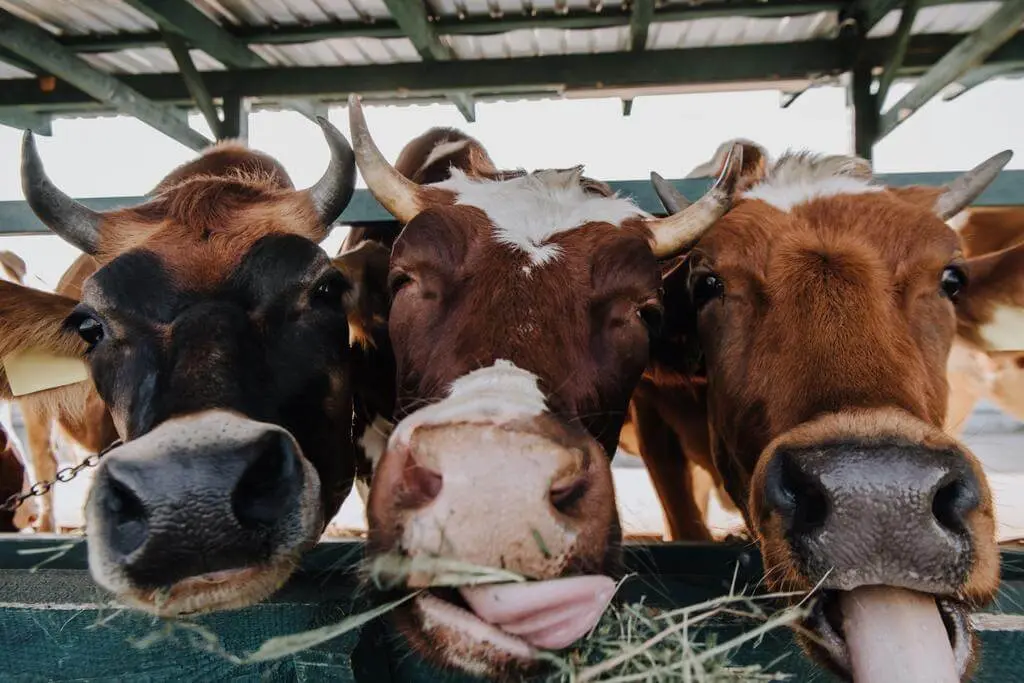
Before investing in a dairy cow, it’s important to consider the responsibility of milking. Milking a cow requires time and commitment, typically twice a day, and it’s essential to ensure you have the necessary skills and equipment. Additionally, proper care and nutrition for the cow are important to maintain her health and milk production.
Overall, incorporating dairy cows into your self-sufficient homestead not only provides you with a fresh milk supply but also adds value to your livestock and improves the fertility of your soil. However, it’s crucial to consider the responsibilities and requirements involved in milking and caring for a cow before making the investment.
Root Cellar & Food Sources
Root Cellar: Preserving Your Harvest
A root cellar is a traditional and practical addition to a self-sufficient homestead, providing an ideal storage space for fruits, vegetables, and preserved foods.
With the ability to regulate temperature and humidity, a root cellar can extend the shelf life of your garden produce, allowing you to enjoy homegrown food throughout the year.
By storing your harvest in a root cellar, you can reduce food waste and save money by avoiding the need to purchase out-of-season produce.
Food Sources: Diversifying Your Options
Creating a sustainable lifestyle goes beyond just growing your own vegetables. It also involves diversifying your food sources.
Consider including fruit trees, such as apple or lemon trees, in your homestead. These not only provide fresh and nutritious fruits but can also be used for making preserves, juices, or even medicinal purposes.
Additionally, planting blueberry bushes or other edible plants can further enhance the variety of food available to you.
By incorporating a range of food sources, you can ensure a well-rounded and healthy diet, while reducing reliance on external suppliers.
Embracing this self-sustaining approach allows you to truly embrace a sustainable lifestyle, nourishing both you and the environment for future generations to come.
Building a Root Cellar: Enhancing Self-Sufficiency on Your Homestead
A root cellar is not only a traditional feature on a self-sufficient homestead but also a practical and advantageous addition. By providing an ideal storage space for fruits, vegetables, and even dairy products, a root cellar can greatly enhance your self-sustainability.
How to Build a Root Cellar
Building a root cellar can be a straightforward process. Start by selecting a suitable location, preferably in a cool, dark area of your property. Materials such as concrete, blocks, or even excavated earth can be used to construct the structure. Consider incorporating shelving and proper ventilation to further enhance the functionality.
Ensuring that the root cellar remains well-insulated and free from excessive moisture is crucial. Additionally, installing proper air circulation and temperature regulation systems will help maintain the optimal conditions for long-term storage. With basic building skills and some planning, you can create a root cellar that will support your self-sufficient lifestyle for years to come.
In conclusion, incorporating a root cellar into your self-sufficient homestead is a wise choice. The ability to store fruits, vegetables, and dairy products allows you to maintain a sustainable lifestyle, reduce food waste, and enjoy homegrown food throughout the year. Consider building a root cellar and reap the benefits of enhanced self-sufficiency in your daily life.
Storing Fruits, Vegetables, and Dairy Products in the Root Cellar
A root cellar is a valuable asset for a self-sufficient homestead as it allows for the proper storage of fruits, vegetables, and dairy products. This traditional feature provides an ideal environment for extending the shelf life of your garden produce, ensuring that you can enjoy homegrown food throughout the year.
When storing fruits in the root cellar, it is important to choose varieties that are suitable for long-term storage. Apples, pears, and citrus fruits are excellent options as they can withstand the cool and dark conditions of the cellar without spoiling. For vegetables, root crops such as potatoes, carrots, and beets are ideal candidates. They can be stored in bins or layered in moist sand to maintain their freshness.
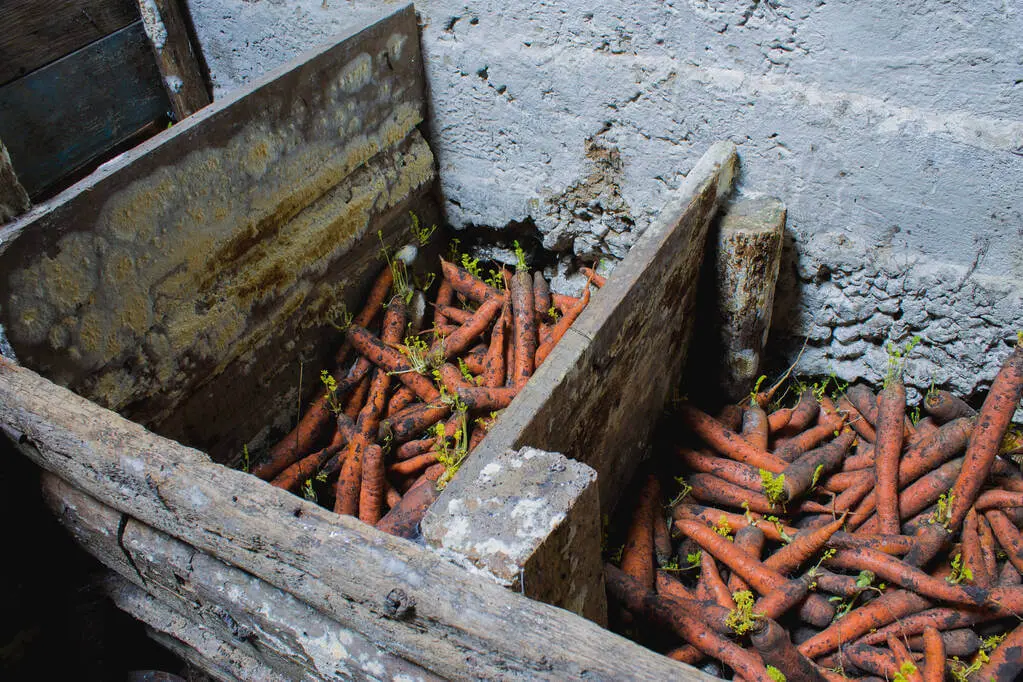
Dairy products can also be stored in the root cellar, but it is crucial to ensure proper temperature and humidity control. Cheese, butter, and milk can be stored in airtight containers or wrapped in wax paper to prevent spoilage and mold growth. Regular monitoring of the cellar’s conditions is necessary to maintain the optimal environment for these perishable items.
By utilizing the root cellar for long-term storage, you can reduce food waste and minimize the need to buy out-of-season produce. This not only helps you save money but also promotes a sustainable and self-sufficient lifestyle.
So, start utilizing your root cellar and enjoy the benefits of fresh, homegrown fruits, vegetables, and dairy products all year round.
Conclusion
In closing, a self-sufficient homestead is more than just a way of living; it’s a journey towards empowerment and sustainability. It’s a lifestyle where you take control of your basic needs, reduce your carbon footprint, and forge a deeper connection with the land.
The benefits are abundant – from significant cost savings and access to fresh, organic produce to the knowledge of precisely where your food originates. By embracing self-sufficiency, you contribute to a healthier environment, reduce waste, and cultivate a legacy of sustainability for future generations.
Whether you’re starting with a small backyard or vast acres of land, the path to self-sufficiency begins with a single step.
So, roll up your sleeves, plan that vegetable garden, build that chicken coop, and create your own sustainable haven. Your journey to a self-sufficient homestead is a journey to a more fulfilling, eco-conscious, and self-reliant life.





